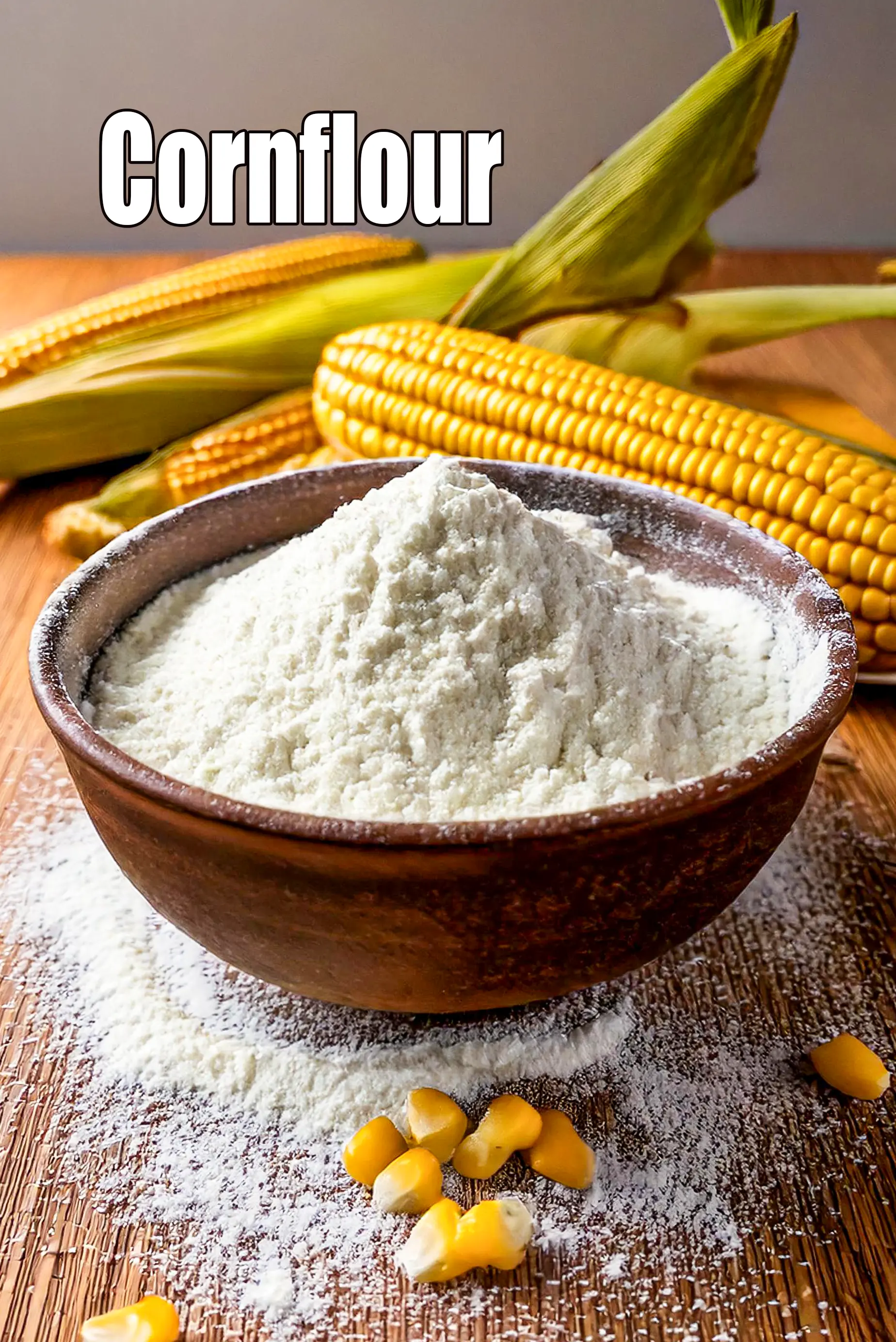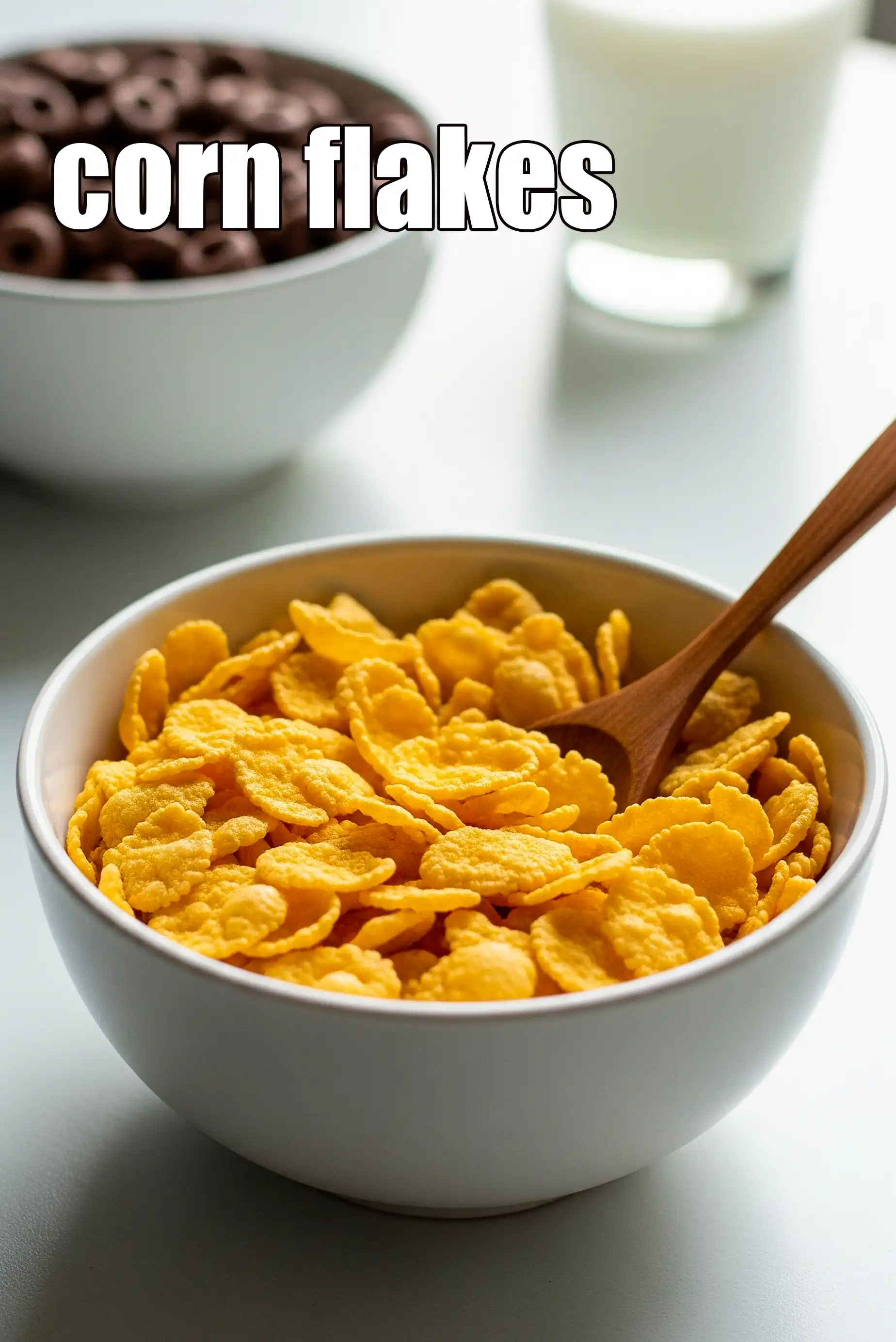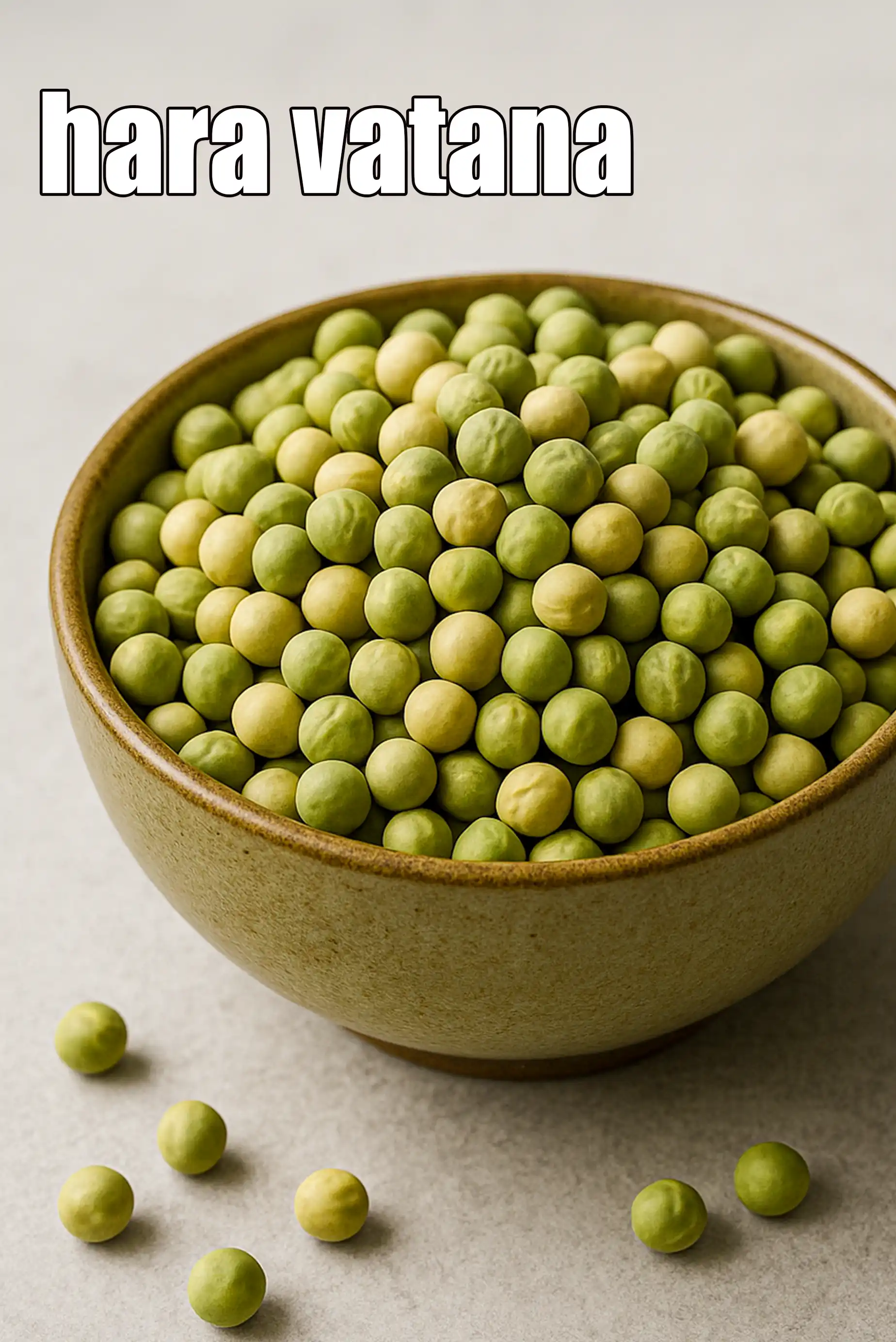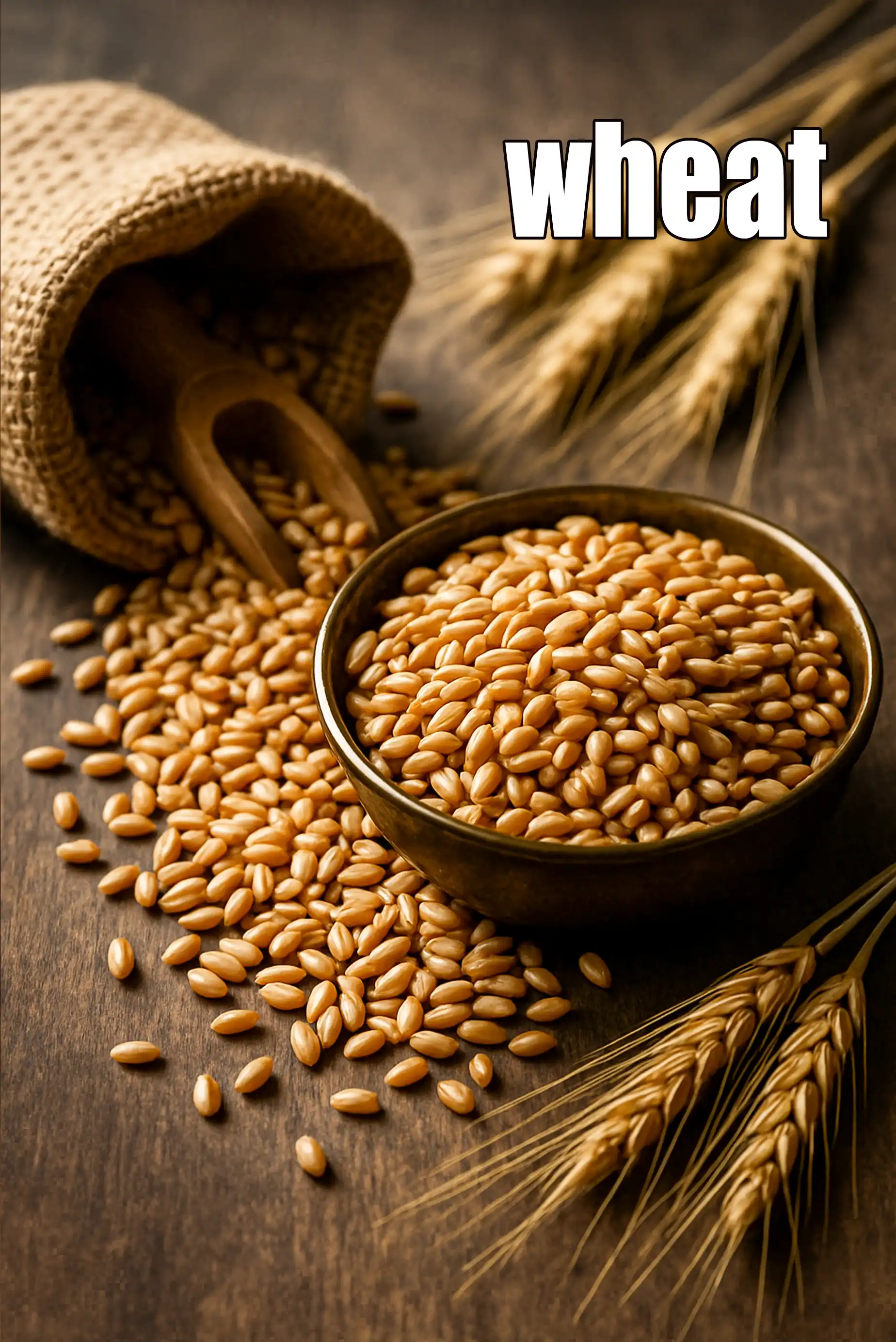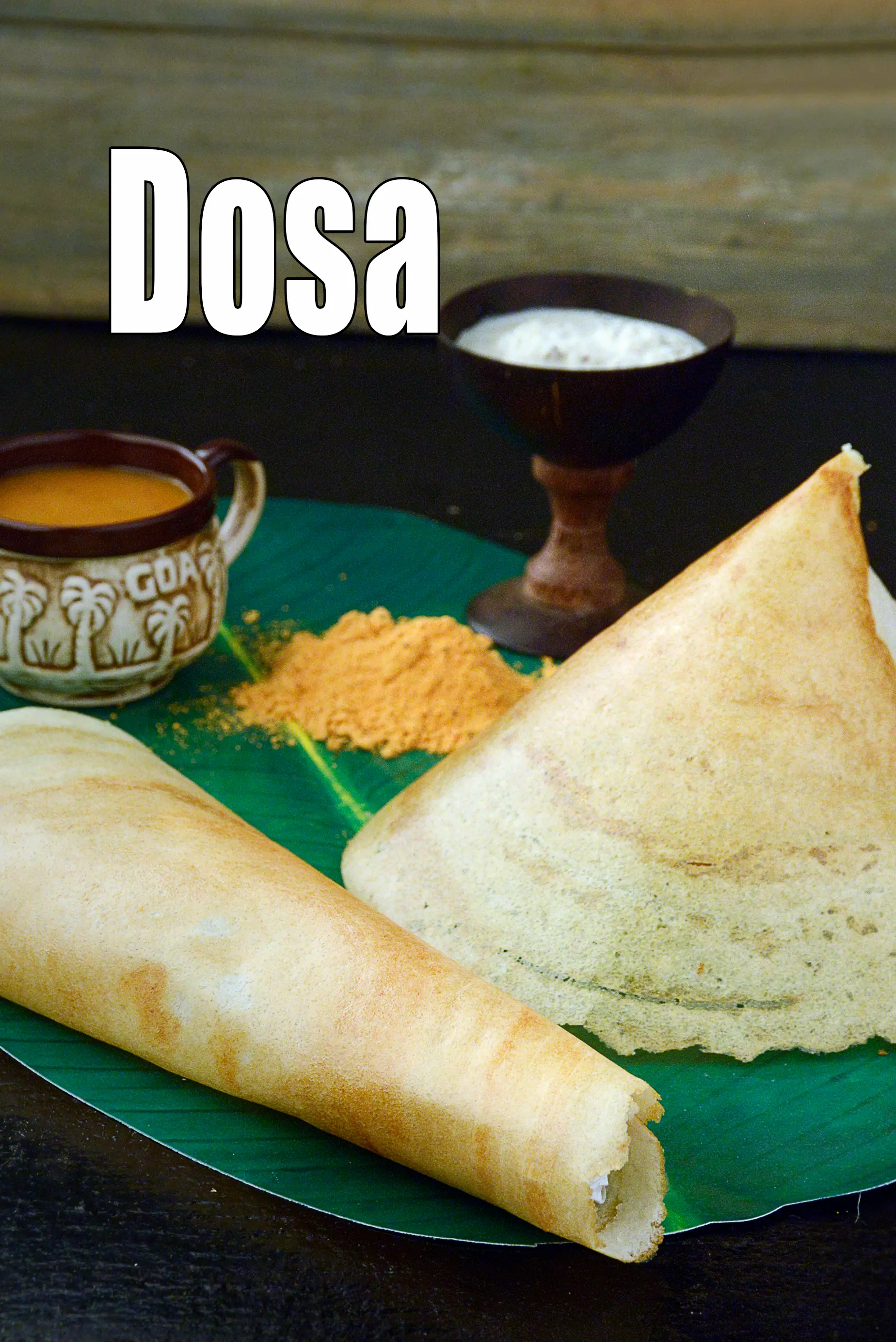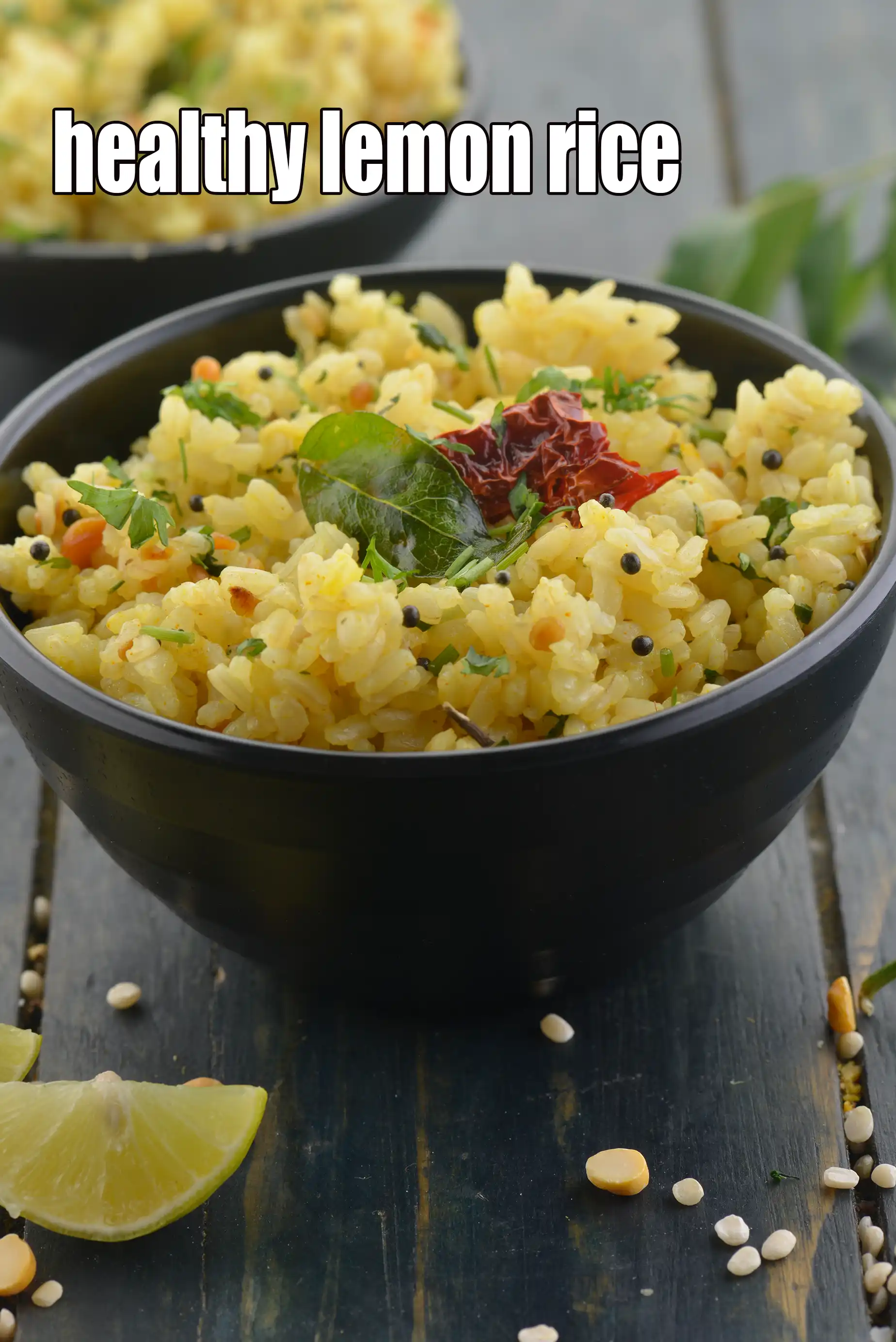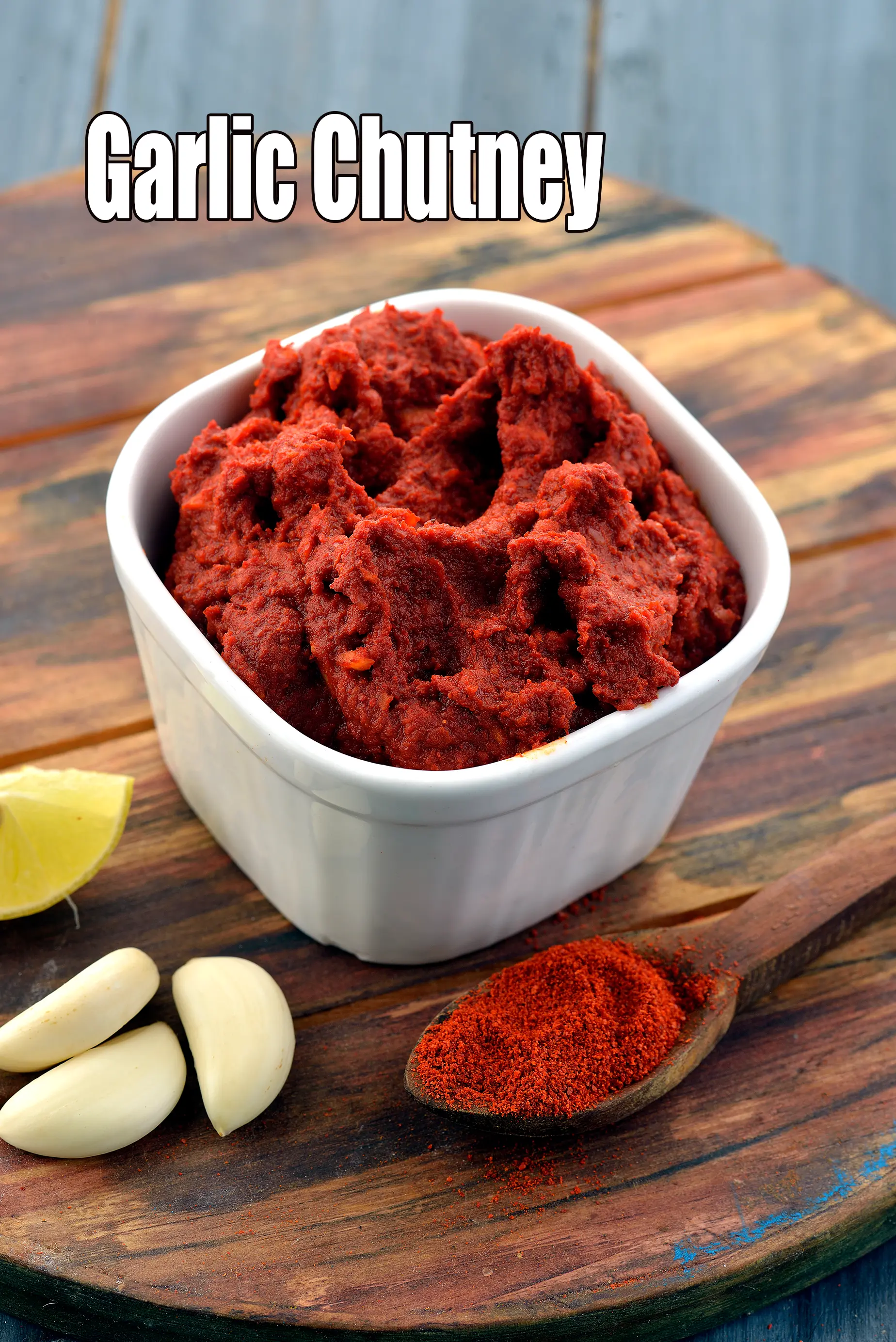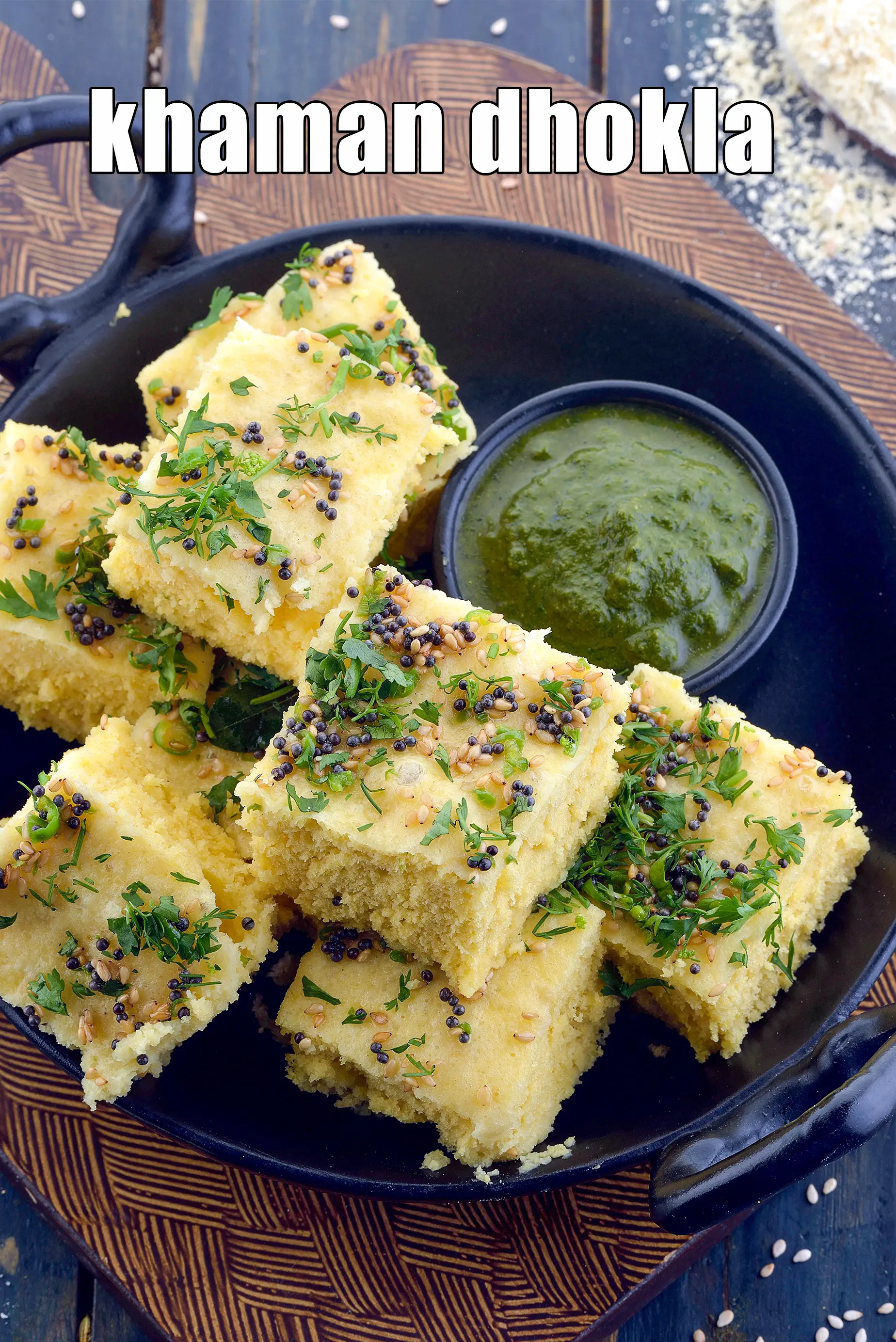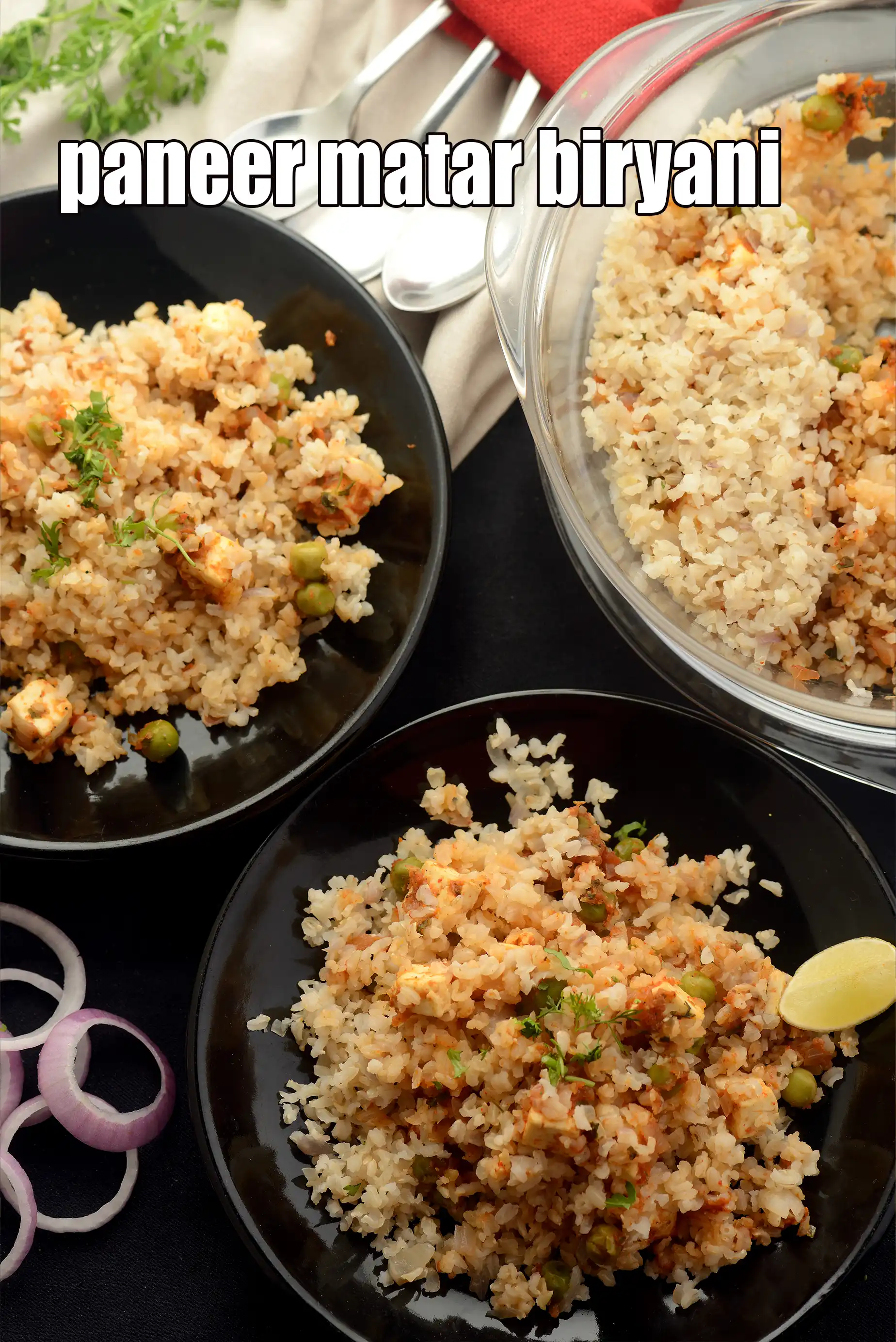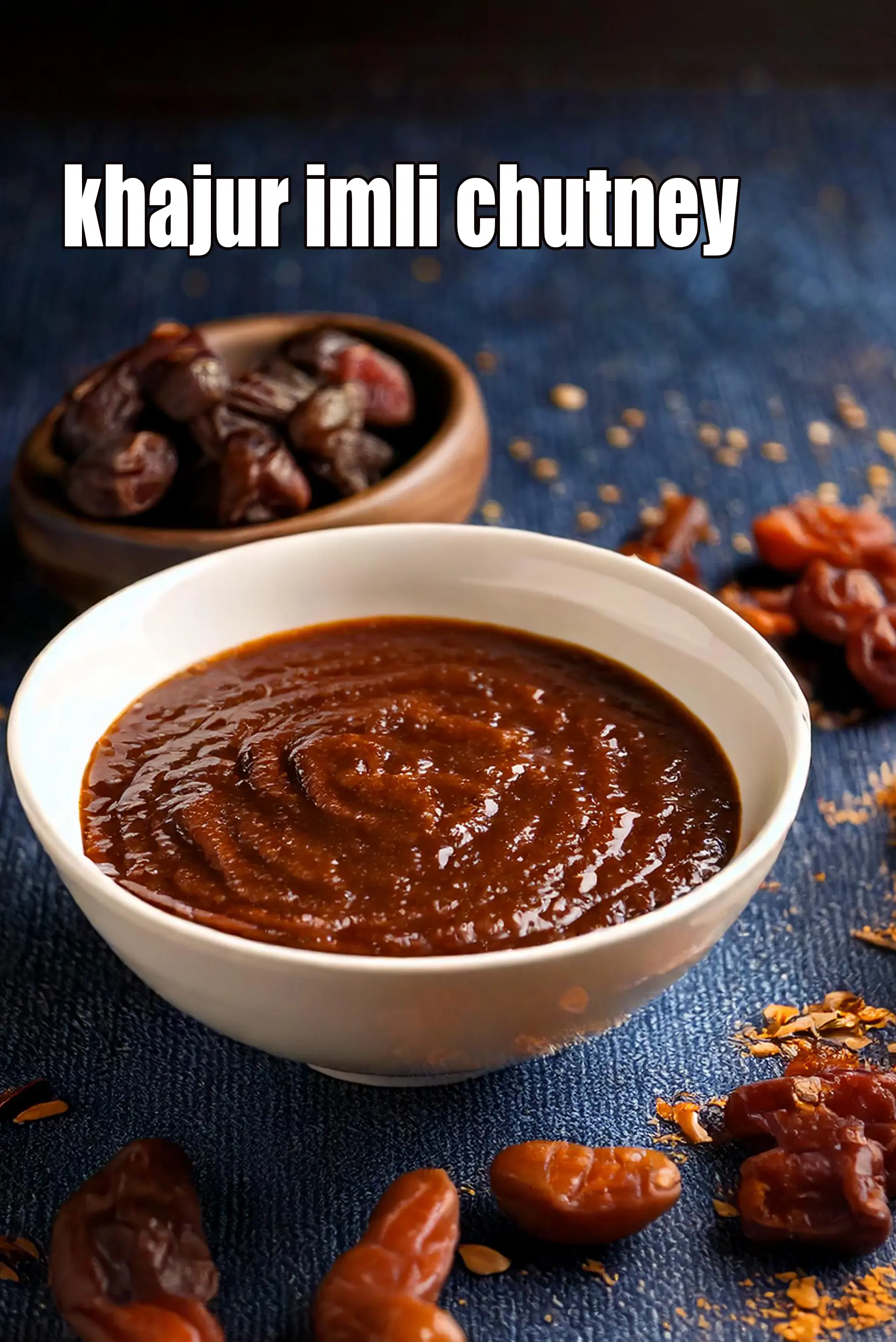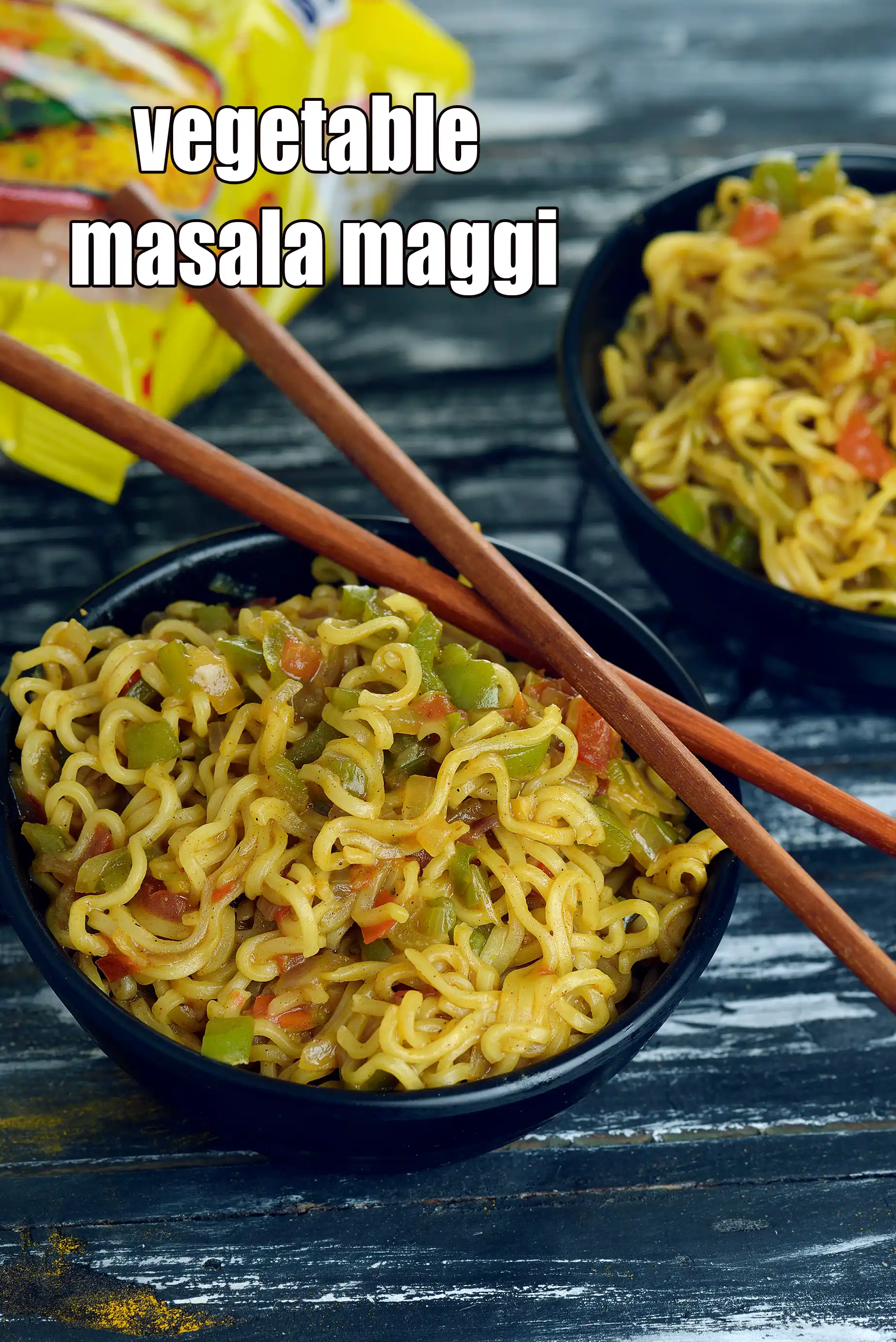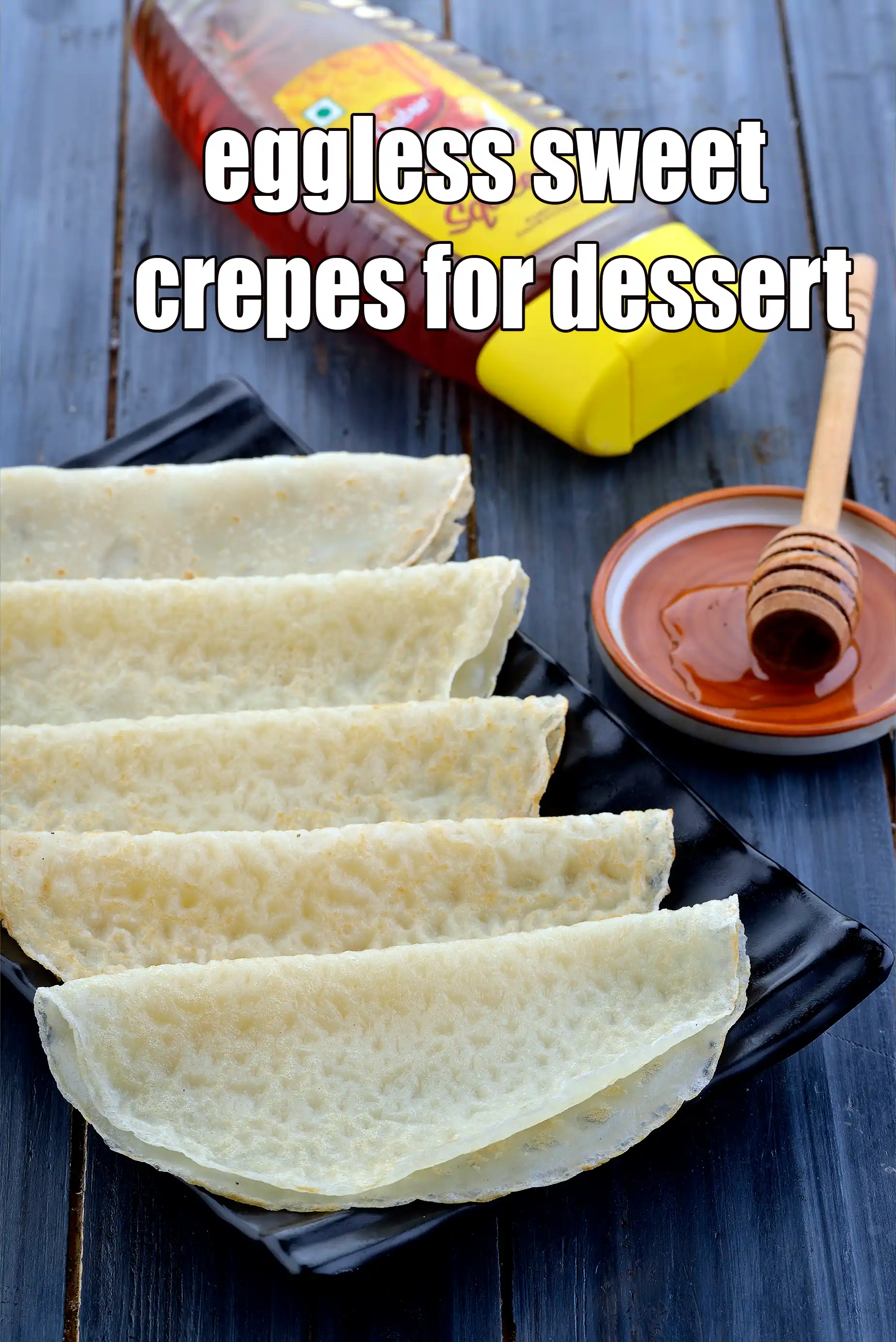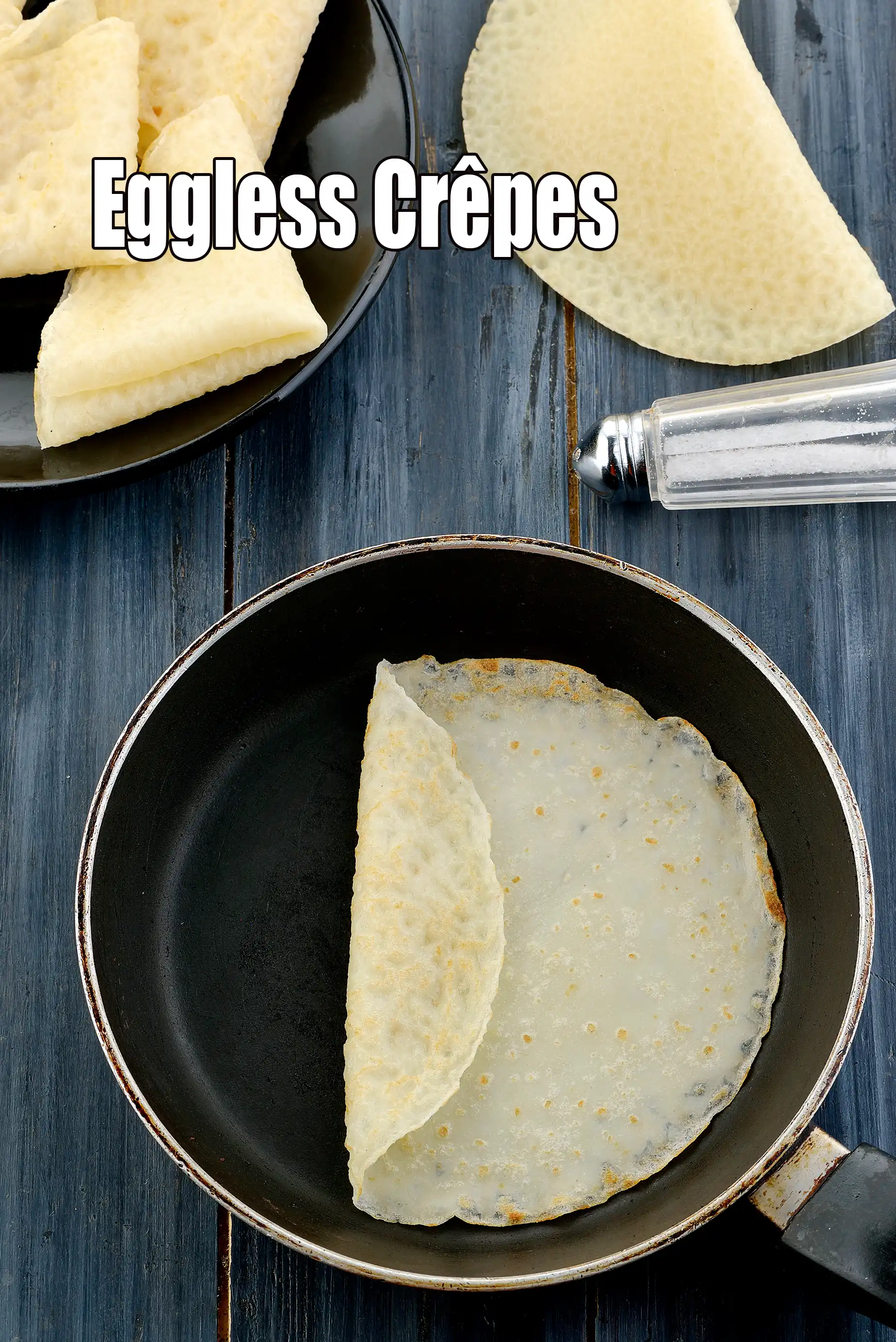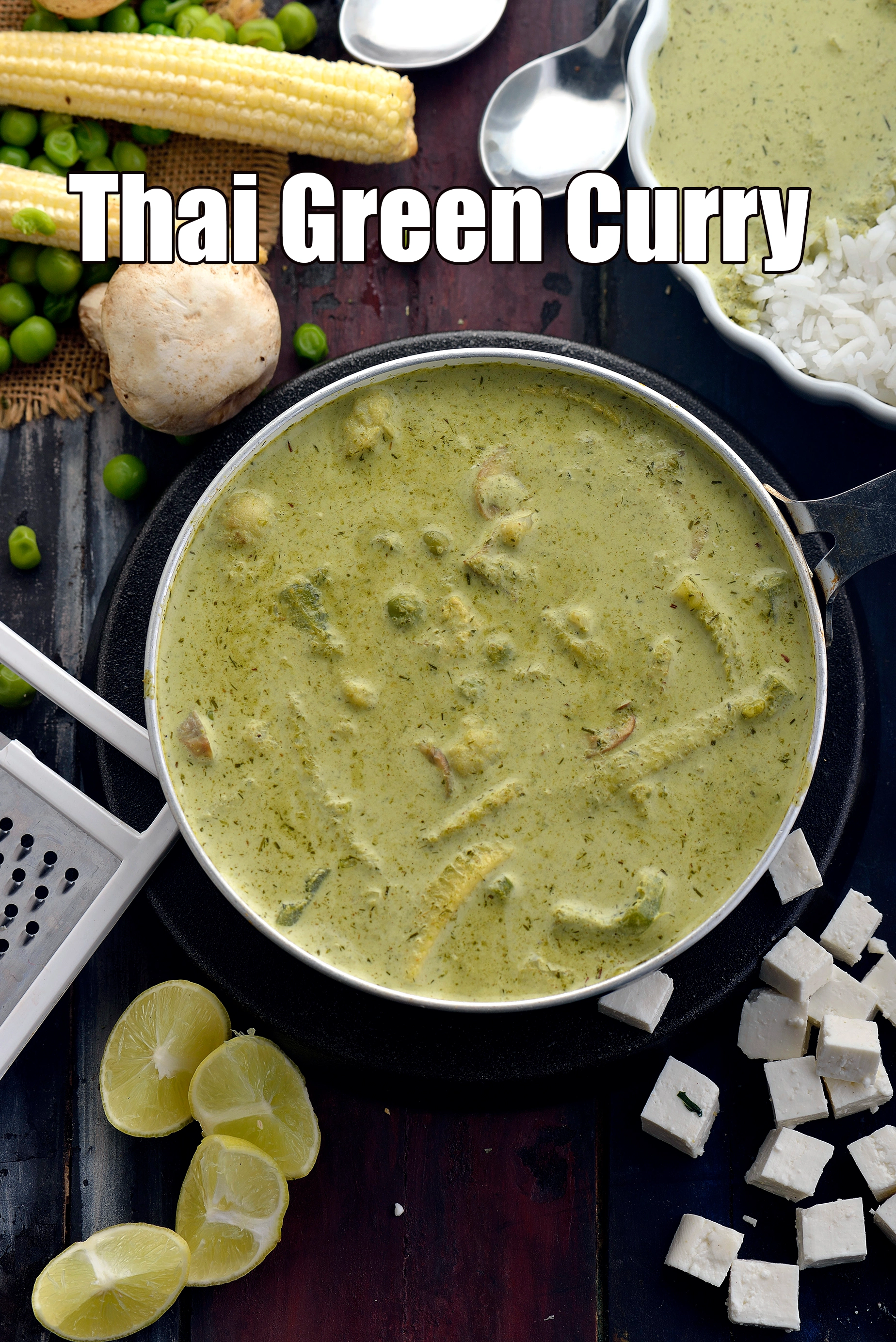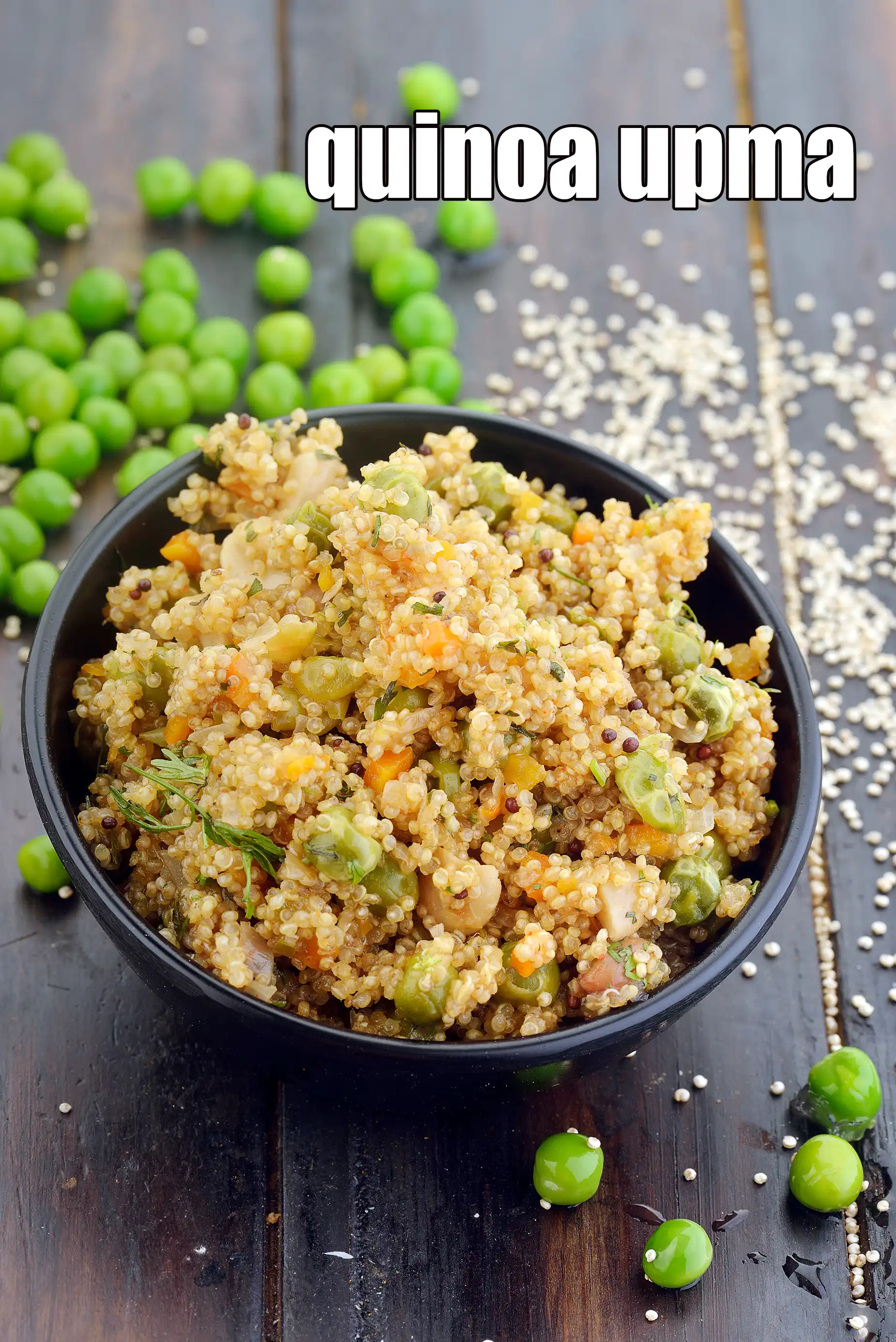whole bajra
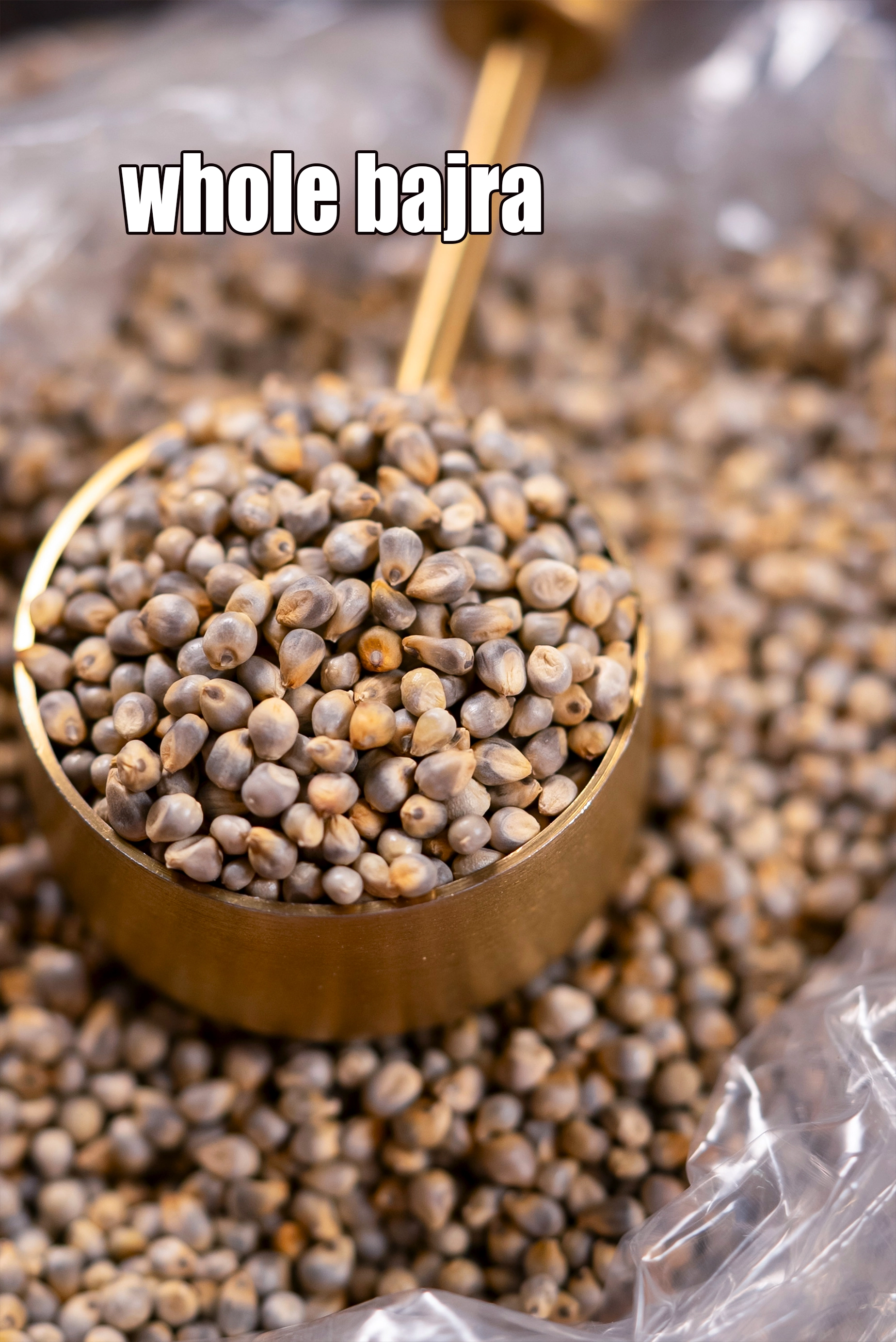
Table of Content
What is whole bajra, black millet, pearl millet?
Whole bajra refers to the entire, unprocessed grain of pearl millet (Pennisetum glaucum). It's a small, round grain, typically light brown to grayish in color, and is a staple food in many parts of India and Africa. Unlike processed grains where the bran and germ are removed, whole bajra retains all three parts: the bran (outer layer), the germ (nutrient-rich embryo), and the endosperm (starchy core). This intact structure contributes to its rich nutritional profile and health benefits.
Nutritionally, whole bajra is a powerhouse of essential nutrients. It's an excellent source of complex carbohydrates, providing sustained energy release. It's also a good source of plant-based protein and is particularly rich in dietary fiber, which aids digestion, promotes satiety, and helps regulate blood sugar and cholesterol levels. Furthermore, whole bajra contains important vitamins and minerals such as magnesium, potassium, iron, zinc, and B vitamins. Its nutrient density makes it a valuable addition to a balanced diet, contributing to overall health and well-being.
In Indian cooking, whole bajra is used in various traditional dishes. One of the most common preparations is bajra roti or rotla, a thick, rustic flatbread often enjoyed with vegetables or lentil curries. Whole bajra can also be cooked into a porridge-like dish called khichdi, often combined with lentils and vegetables for a nutritious and comforting meal. Due to its slightly nutty flavor and hearty texture, whole bajra offers a distinct taste and mouthfeel to these preparations, making it a versatile and culturally significant grain in the Indian culinary landscape, especially in regions like Rajasthan.
Also Known As
Black Millet, Pearl Millet
How to select whole bajra, black millet, pearl millet
• Ensure that the grains are free from dirt, stones and other forms of adulteraton.
• The grains should be small, brownish and resemble tiny pearls.
5 Uses of whole bajra, black millet, pearl millet
1. Bajra can be used whole or as Bajra flour. When processed into flour, it is used to prepare bajra rotlis, khakras, bhakri, stuffed parathas, muthias, dhoklas, chaklis, etc.
2. Combined with wheat flour or jowar flour, It can be used to make bhakri, theplas, Bajra na rotla and other Indian flatbreads.
3. Whole Bajra can be used as a replacement of rice and be used in khichdis. When using bajra for khichdi, it is to be soaked overnight and then pressure cooked with green moong dal, yellow moong dal or vegetables till soft. Additionally you can temper spices in ghee and add it. This is a traditional Rajasthani food.
bajra khichdi recipe | Rajasthani bajra khichdi | healthy black millet Indian khichdi | One serving of bajra khichdi delivers 30% folic acid, 20% vitamin B1, 21% protein, 17% iron, magnesium 21%, 18% zinc, 23% fibre of your Recommended Dietary Allowance ( RDA).
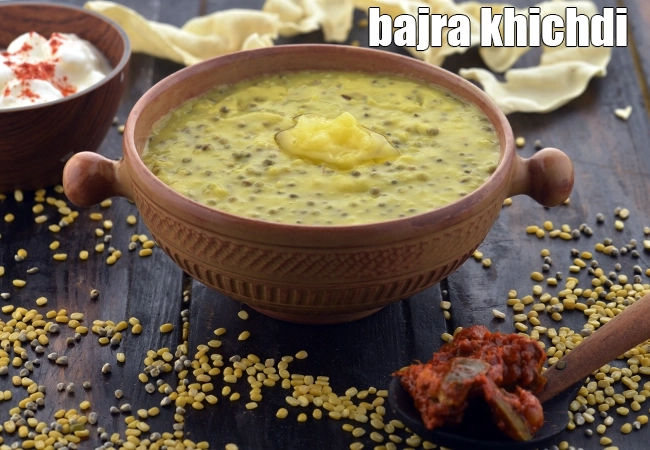
4. In South India, especially in farming communities, bajra is often pressure-cooked like rice, molded into balls when cool, and stored in a jar full of water. These balls can be had the next morning with curds, onions and green chillies as a refreshing and nutritious breakfast.
5. Whole Bajra grain can be had as a porridge for breakfast and the flour is also used to make multigrain breads.
How to store whole bajra, black millet, pearl millet
• Always store in airtight containers in a cool dry place.
• It is best to use fresh bajra, so purchase in smaller quantities.
12 Health Benefits of whole bajra, black millet, pearl millet
1. High in Protein: One cup of whole Bajra (160 grams) gives about 18.5 grams of protein. Very good source for Vegetarian.
2. High in Fiber : One cup of whole Bajra gives about 18 grams of fibre. This fibre will keep you fuller for a longer time and avoid you from binge eating.
3. Complete Protein for Vegetarians : Bajra Flour forms a complete protein when combined with legumes like rajma, moong dal, urad dal, toovar dal, chana dal.
4. Gluten Free : Great healthy option for those who are intolerant to Gluten. Bajra, the whole grain is far more healthier to use in Khichdi than making a Khichdi of rice and dal. Try Bajra, Whole Moong and Green Pea Khichadi
5. Good for Diabetics : Being a whole grain, it creates a much lower surge in sugar levels compared to Bajra Flour. Bajra is rich in Magnesium which improves insulin response by lowering insulin resistance. Having very low magnesium will result in the pancreas not secrete enough insulin to control our blood sugar.
6. Relieves Constipation : Bajra being rich in insoluble fibre helps easy digestion and hence relieves constipation. Insoluble Fibre does not dissolve in water and goes through your stomach without being processed helping other foods move through your system and out. Insoluble Fibre keeps you healthier with a better digestive system.
7. Good for Heart : Bajra is rich in Magnesium. 100 grams of Bajra have 137 milligrams of Magnesium which is 50% of your recommend daily allowance (RDA). Magnesium helps maintain nerve function and normal heartbeat.
8. Lowers Cholesterol : Being high in Fibre, Bajra reduces bad cholesterol (LDL) and increases the effects of good cholesterol (HDL)
9. Lowers Blood Pressure : Bajra and all Millets are rich in Potassium. Potassium is critical for those with High Blood Pressure as it lessens the impact of sodium. Eating more Potassium Rich Foods will remove more sodium from your body through urine. So if you are suffering from High Blood Pressure and taking medication, then the medicine works by taking out the sodium and potassium from the kidneys. So you need to up your Potassium intake in this case.
10. Alkaline : Bajra is alkaline in nature and combats acidity. Acidity is a form of indigestion in which there is accumulation of acid leading to a burning sensation in the stomach and the digestive tract. The stomach periodically produces acid to aid digestion. It is when we dont eat at regular intervals or are excessively stressed the stomach produces more acids which harms our body.
11. Good for Endurance : Being high in fibre, protein, alkaline, lowering blood pressure means more RBC (red blood cells) to give energy. All these factors enhance performance of endurance athletes like runners, swimmers and bikers. Note that Bajra is a whole grain and they are always more healthier than its powdered form which is Bajra Flour.
12. Antioxidant
Rich : Bajra has many antioxidants which help fight the body against infections.
Glycemic Index of Bajra, Black Millet
Bajra has a Glycemic Index of 71 which is high. Glycemic Index are for foods you eat, ranks carbohydrate-containing foods by how quickly they digest and raise your blood sugar or glucose levels. Foods rank from 0 to 50 are low GI, 51 to 69 are medium and 70 to 100 are high. Foods that are high in GI are not suitable for weight loss and diabetics. Foods like Bajra have a high GI but since its rich in Fibre which results in Bajra being healthy and suitable for a healthy lifestyle as the Glycemic Load reduces.
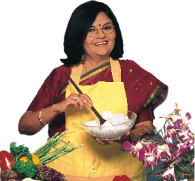
Related Glossary
Follow US
Recipe Categories
- Vitamin B12 Cobalamin Rich Recipes 33 recipes
- Low Calorie, Weight Loss Indian Recipes 421 recipes
- Low Cholesterol Indian Recipes 308 recipes
- Healthy Indian Breakfast 372 recipes
- Indian Diabetic recipes 559 recipes
- Indian Pregnancy recipes 461 recipes
- Zero Oil Indian Recipes 133 recipes
- Iron Rich Indian recipes 267 recipes
- Healthy Indian Acidity recipes 133 recipes
- Healthy Sabzis 108 recipes
- Indian Healthy Veg Snack 276 recipes
- Healthy Heart Recipes 415 recipes
- Healthy Veg Indian Soups 74 recipes
- Calcium Rich Indian Recipes 372 recipes
- High Blood Pressure Indian Recipes 102 recipes
- Healthy Indian Salads Recipes 137 recipes
- Low Carb Indian Diet, recipes 163 recipes
- Hypothyroidism Diet 62 recipes
- Arthritis Diet 68 recipes
- High Protein Indian recipes 93 recipes
- Vitamin K Diet 42 recipes
- Fatty Liver Diet 39 recipes
- PCOS 136 recipes
- Gluten Free Veg Indian 196 recipes
- High Fiber 328 recipes
- Indian Cancer Patients 275 recipes
- Jaundice Diet 45 recipes
- Sprouts 61 recipes
- Typhoid 43 recipes
- Irritable Bowel Syndrome (IBS) 23 recipes
- Kidney Stone Diet 10 recipes
- Home Remedies 213 recipes
- Senior Citizen 195 recipes
- Healthy Indian Drinks and Juices 213 recipes
- Diet for Dialysis 10 recipes
- Gout Indian Recipes 17 recipes
- Potassium Rich 80 recipes
- Vegan 195 recipes
- Indian recipes to treat Vomiting 8 recipes
- Forever Young Diet, Anti Aging Indian Diet 255 recipes
- Antioxidant Rich Indian 445 recipes
- Vitamin B1 Rich Indian Foods, Recipes 101 recipes
- High in Omega 3 Fatty Acids 32 recipes
- Zinc Rich Foods 55 recipes
- Vitamin A Rich, Beta Carotene, Retinol 89 recipes
- Malaria Diet 19 recipes
- Magnesium Rich 94 recipes
- Healthy Indian Dinner 85 recipes
- Vitamin C Rich Indian recipes 118 recipes
- Low Veg Glycemic Index 86 recipes
- Lower Blood Pressure Salads 8 recipes
- Healthy Indian Lunch Recipes 29 recipes
- Lactation 25 recipes
- Vitamin E Rich 51 recipes
- Hyperthyroidism Diet 47 recipes
- Vitamin B3, Niacin Rich 41 recipes
- Post Surgery Diet 42 recipes
- Selenium 27 recipes
- Lower Blood Pressure Desserts Sweets 14 recipes
- Phosphorus Rich Indian Recipes, Foods 74 recipes
- Copper 15 recipes
- Foods Rich in Vitamin B2 Riboflavin 22 recipes
- Vitamin B6 Diet 36 recipes
- Vitamin B9 Rich Folate 50 recipes
- B Vitamins 231 recipes
- Marathoners, Endurance Athletes, Triathlete 225 recipes
- Manganese Diet 32 recipes
- Thalassemia 18 recipes
- Detox Water, Fruit Infused Water 42 recipes
- Lactose Free Dairy Free 22 recipes
- Omega 6 Fatty Acids 32 recipes
- Phytonutrients 51 recipes
- Chronic Kidney Disease Indian recipes 12 recipes
- Selenium1 0 recipes
- Quick Snacks / Quick Starters 385 recipes
- Quick Breakfast Indian 131 recipes
- Quick Sabzis 117 recipes
- Quick Rotis / Parathas 46 recipes
- Quick Indian Sweets 139 recipes
- Quick Stir-Fries 51 recipes
- Quick Vegetarian Indian Soups 72 recipes
- Quick Chutneys 67 recipes
- Quick Vegetarian Rice, khichdi Recipes 56 recipes
- Indian snacks under 10 minutes 44 recipes
- Quick Indian Dips, Gravies & Sauces 105 recipes
- Quick Veg Indian Pizza 17 recipes
- Quick Veg Pasta 25 recipes
- Quick Pickles / Aachar 25 recipes
- Quick Dals / quick Kadhis 29 recipes
- Snacks under 5 minutes 33 recipes
- Quick Healthy Recipes 43 recipes
- Quick Pressure Cooker 46 recipes
- Quick Desserts 47 recipes
- Quick 3 Ingredients 63 recipes
- Quick Indian Desserts 20 recipes
- Quick 4 Ingredients 41 recipes
- Quick 5 Ingredients 42 recipes
- Kids Tiffin Box 319 recipes
- Recipes for Toddlers (1-3 Years) 32 recipes
- Sweet Recipes for Kids 456 recipes
- Recipes for Baby (10 to 12 Months) 17 recipes
- Quick Indian recipes for Kids 72 recipes
- Indian Breakfast Recipes for Kids 192 recipes
- Recipes for Weaning (8 to 9 months) 22 recipes
- Healthy Foods for Kids 196 recipes
- Snack Recipes for Kids 619 recipes
- Recipes Kids can make 36 recipes
- Kids After School 794 recipes
- Kids Jar Snacks 66 recipes
- Finger Foods for Babies, Toddlers and Kids 76 recipes
- Kids Weight Gain 43 recipes
- Kids Wraps and Rolls 23 recipes
- Kids Veg Pasta 27 recipes
- Kids Brain Boosting 68 recipes
- Protein rich food for kids 69 recipes
- Recipes for Weaning 15 recipes
- Kids Pizzas 30 recipes
- Babies, Toddler and Kids Iron Rich Foods 31 recipes
- High Fiber Foods for Kids 39 recipes
- Kids Noodles 37 recipes
- Kids High Energy Indian Foods 103 recipes
- Kids Calcium Rich Indian recipes 91 recipes
- Babies recipes, 6 to 18 months 34 recipes
- Kids Recipes for Increasing Immunity 10 recipes
- Kids Weight Loss 58 recipes
- Teething Recipes for Babies 10 recipes
- Cereals and Pulses for 8 to 9 months Baby 8 recipes
- Weaning foods at 7 months 12 recipes
- Indian Teen 315 recipes
- Starters / Snacks 2138 recipes
- Indian Breakfast Recipes 819 recipes
- Main Course Recipes 925 recipes
- Indian Salads 385 recipes
- Indian Desserts , Sweets 985 recipes
- Indian Soups 249 recipes
- Indian Beverages, Indian Drinks 483 recipes
- Indian Dinner 903 recipes
- Indian Dinner1 0 recipes
- Indian Lunch 830 recipes
- Side Dishes 449 recipes
- Indian Travel Food 433 recipes
- Indian Barbeque1 recipes 22 recipes
- Frozen Foods, Indian Freezer Recipes 67 recipes
- Whole Wheat Recipes 56 recipes
- Indian Comfort Foods 212 recipes
- Dinner Menus 56 recipes
- Easy Indian Veg 70 recipes
- Innovative Indian Recipes 27 recipes
- No Cook Indian 37 recipes
- Advanced Recipes 10 recipes
- Cakes with Eggs 13 recipes
- Microwave 229 recipes
- Oven 619 recipes
- Indian Steamer Recipes 102 recipes
- Kadai Veg 407 recipes
- Indian Barbeque Recipes 43 recipes
- Sizzler tray 15 recipes
- Mixer 566 recipes
- Pressure Cooker 315 recipes
- Tava 646 recipes
- Non-stick Pan 1393 recipes
- Indian Freezer recipes, meals 57 recipes
- Appe Mould 18 recipes
- Pan 223 recipes
- Non Stick Kadai Veg 203 recipes
- kadai Indian 150 recipes
- Refrigerator 176 recipes
- Waffle Indian recipes 6 recipes
- Handi 12 recipes
- Juicer and Hopper 65 recipes
- Grill 31 recipes
- Toaster 21 recipes
- Gas Toaster 8 recipes
- Steam 72 recipes
- No Cooking Veg Indian 335 recipes
- Vegetarian baked Indian recipes 380 recipes
- Boiled Indian recipes 129 recipes
- Deep Fry 260 recipes
- Indian Tawa 266 recipes
- Shallow Fry Indian 25 recipes
- Microwave1 172 recipes
- Saute 273 recipes
- Indian Pressure Cooker 171 recipes
- Stir-fry 101 recipes
- Roasting 0 recipes


